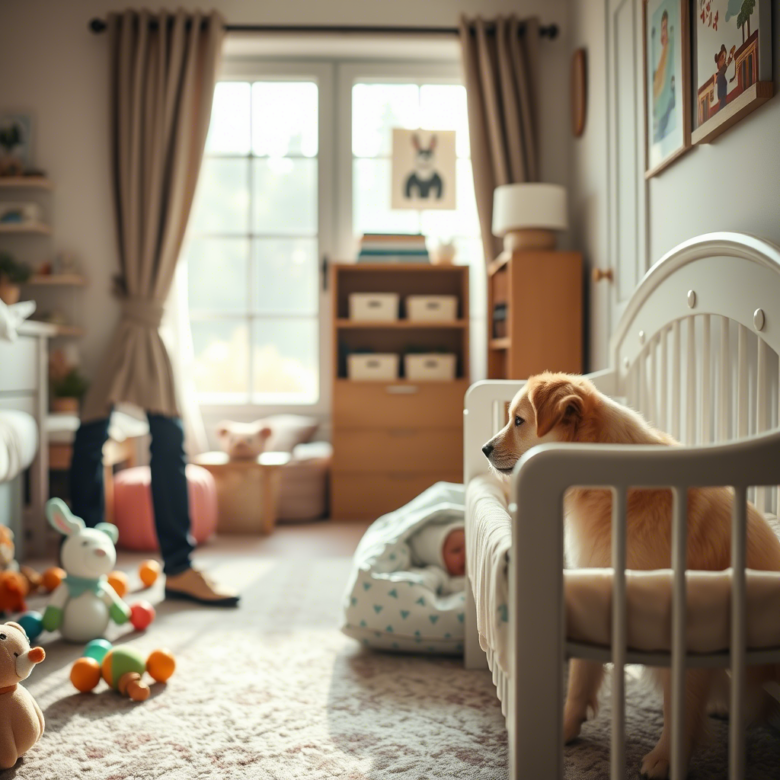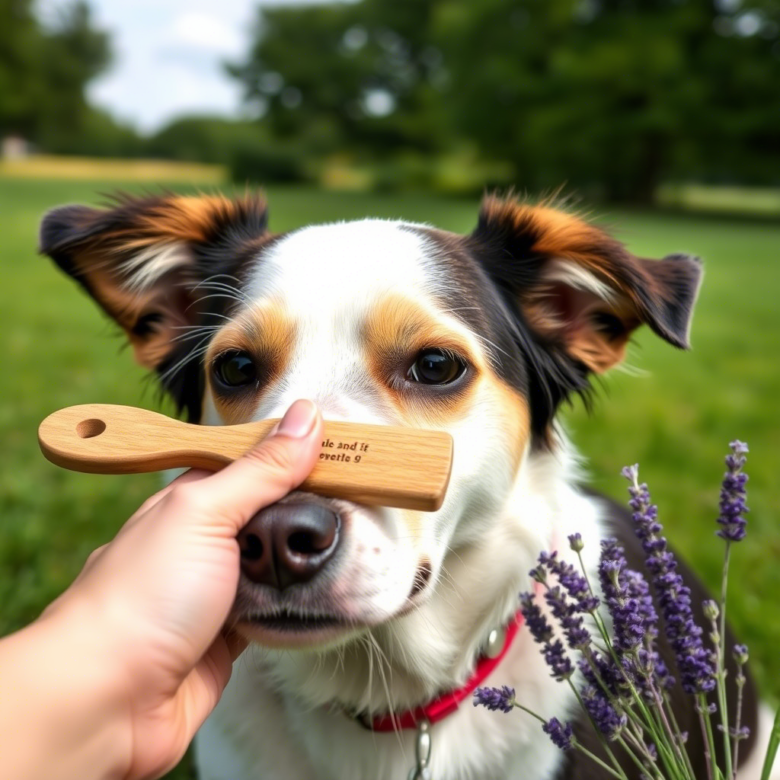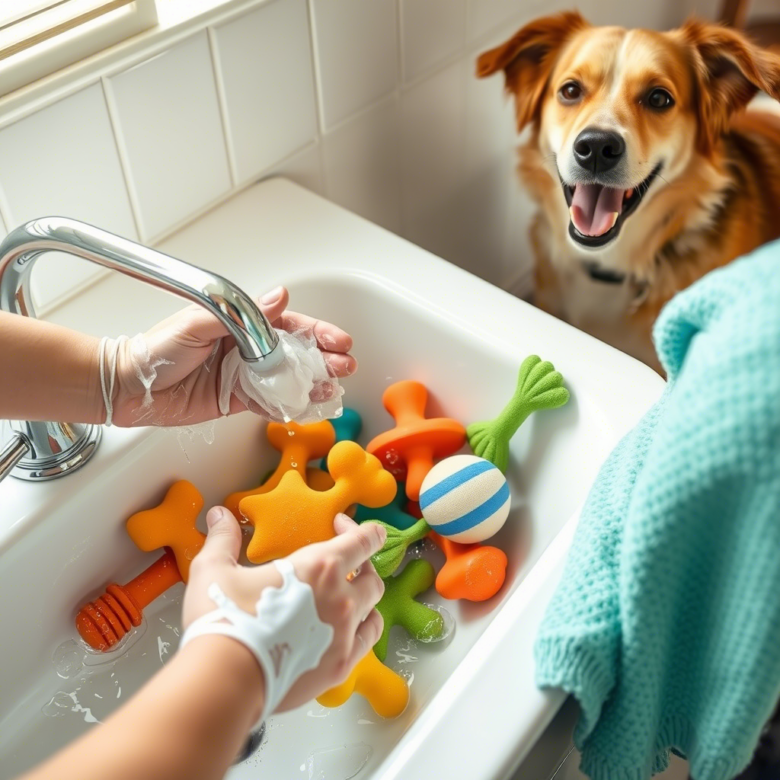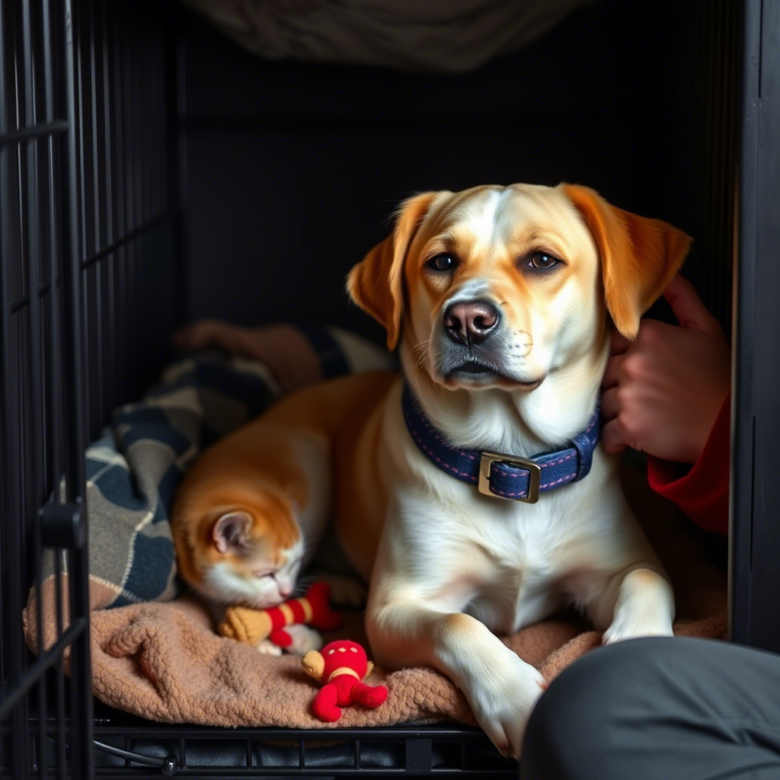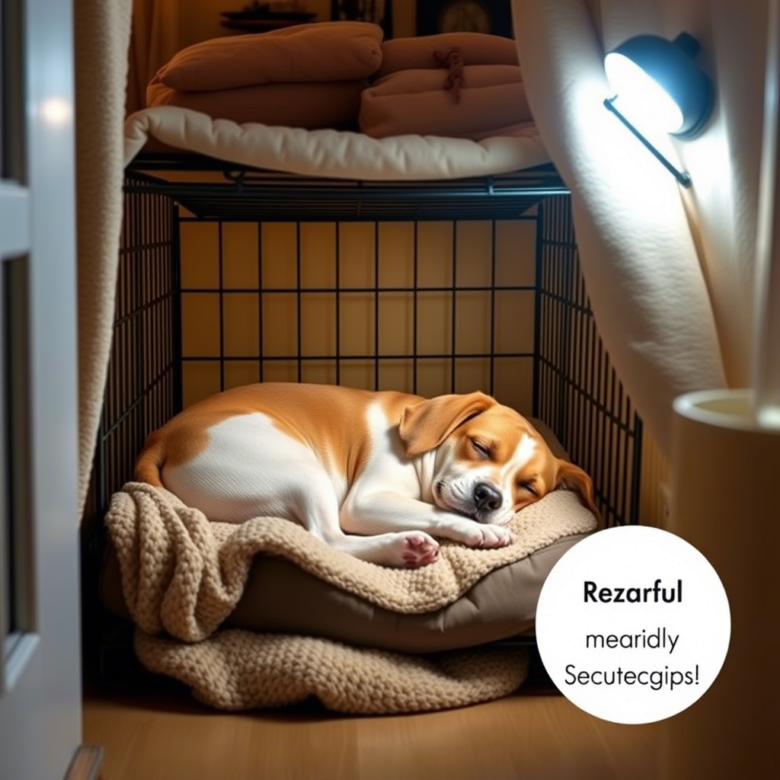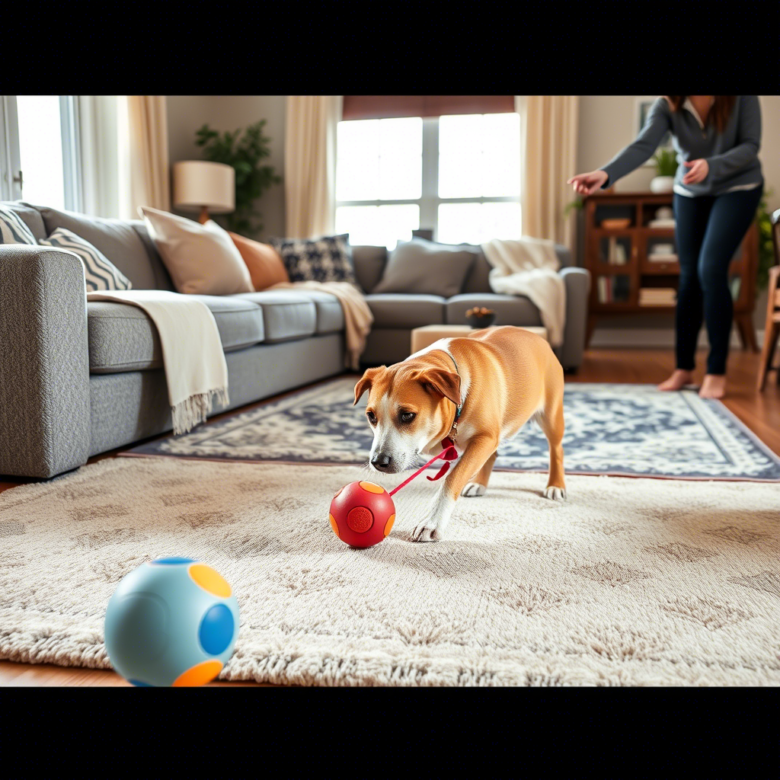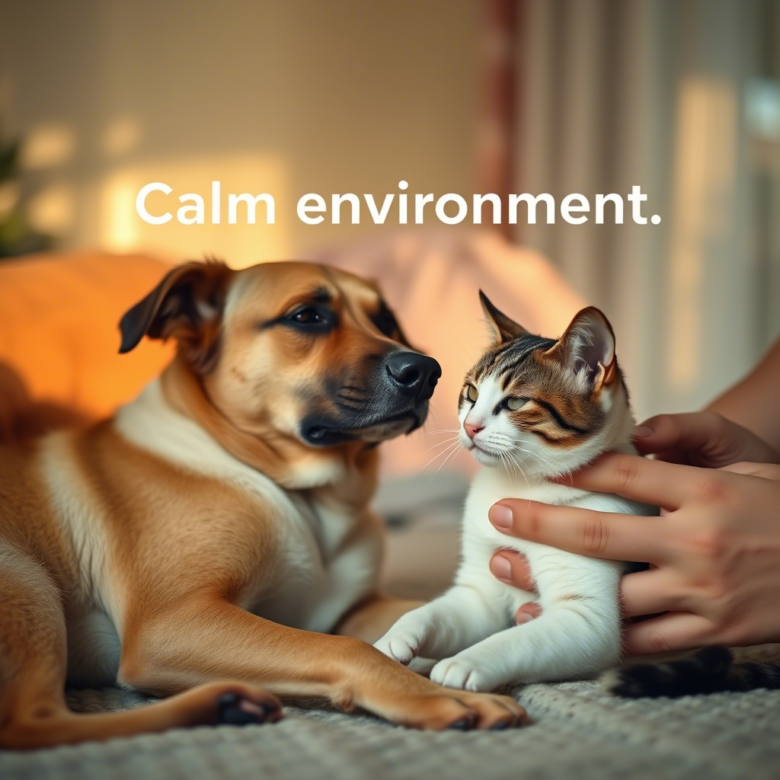A new pet or baby can be a big change for your current pet. 1. Introduce Slowly ✔ Allow time for gradual interactions. 2. Maintain Routine ✔ Keep feeding and play schedules consistent. 3. Reward Positive Behavior ✔ Give treats and praise when your pet reacts calmly. Final Thoughts With patience, pets can adjust to …
Fleas and ticks can cause irritation and health problems for pets. 1. Regular Grooming ✔ Brush fur daily to check for parasites. 2. Use Natural Repellents ✔ Coconut oil and apple cider vinegar can help keep pests away. 3. Keep Your Home Clean ✔ Vacuum frequently and wash bedding to remove flea eggs. Final Thoughts …
Dirty toys can harbor bacteria and germs. 1. Wash Soft Toys Regularly ✔ Use mild soap and warm water to remove dirt. 2. Clean Rubber and Plastic Toys ✔ Wash with vinegar and water or in the dishwasher. 3. Inspect for Damage ✔ Replace worn-out toys to prevent choking hazards. Final Thoughts Regular cleaning keeps …
Thunderstorms, fireworks, and household noises can scare pets. 1. Provide a Safe Space ✔ Let them hide in a quiet, secure area. 2. Use White Noise or Music ✔ Background sounds can help mask loud noises. 3. Try Calming Products ✔ Pheromone diffusers and anxiety wraps can reduce stress. Final Thoughts Comfort and reassurance help …
Some pets love car rides, while others get anxious. Here’s how to make travel stress-free. 1. Use a Secure Carrier or Harness ✔ Always secure your pet to prevent accidents. 2. Get Them Used to the Car ✔ Start with short trips to create positive associations. 3. Bring Familiar Items ✔ A blanket or toy …
Creating a pet-friendly space makes your home more welcoming for your furry friend. 1. Choose a Quiet Spot ✔ Set up a comfortable bed away from noise and high traffic. 2. Provide Essentials ✔ Food and water bowls, toys, and blankets for comfort. 3. Keep It Safe ✔ Remove small objects that could be swallowed. …
Choosing the right collar and leash is important for safety and comfort during walks. 1. Types of Collars ✔ Flat Collars: Best for everyday use.✔ Harnesses: Ideal for dogs that pull or small breeds.✔ Breakaway Collars: Safer for cats to prevent choking. 2. Choosing the Right Leash ✔ Standard Leash (4-6 feet): Best for controlled …
Pets need a safe nighttime environment. 1. Provide a Comfortable Sleeping Spot ✔ A warm, quiet space helps them sleep better. 2. Keep Dangerous Objects Out of Reach ✔ Avoid leaving toys or food that could pose a choking risk. 3. Use Night Lights for Older Pets ✔ Helps pets navigate in the dark, especially …
If your pet spends a lot of time inside, they still need exercise! 1. Create Fun Indoor Activities ✔ Use treat-dispensing toys or obstacle courses. 2. Play Interactive Games ✔ Fetch, hide-and-seek, or laser pointers work well. 3. Rotate Toys to Keep Them Exciting ✔ Introduce new toys regularly. Final Thoughts An active pet is …
Excessive vocalization can be annoying, but it often has an underlying reason. 1. Identify the Cause ✔ Are they hungry, bored, or anxious? 2. Avoid Reinforcing the Behavior ✔ Do not reward barking/meowing with attention. 3. Provide Mental and Physical Stimulation ✔ Exercise and interactive toys reduce excess energy. Final Thoughts Understanding the cause helps …
